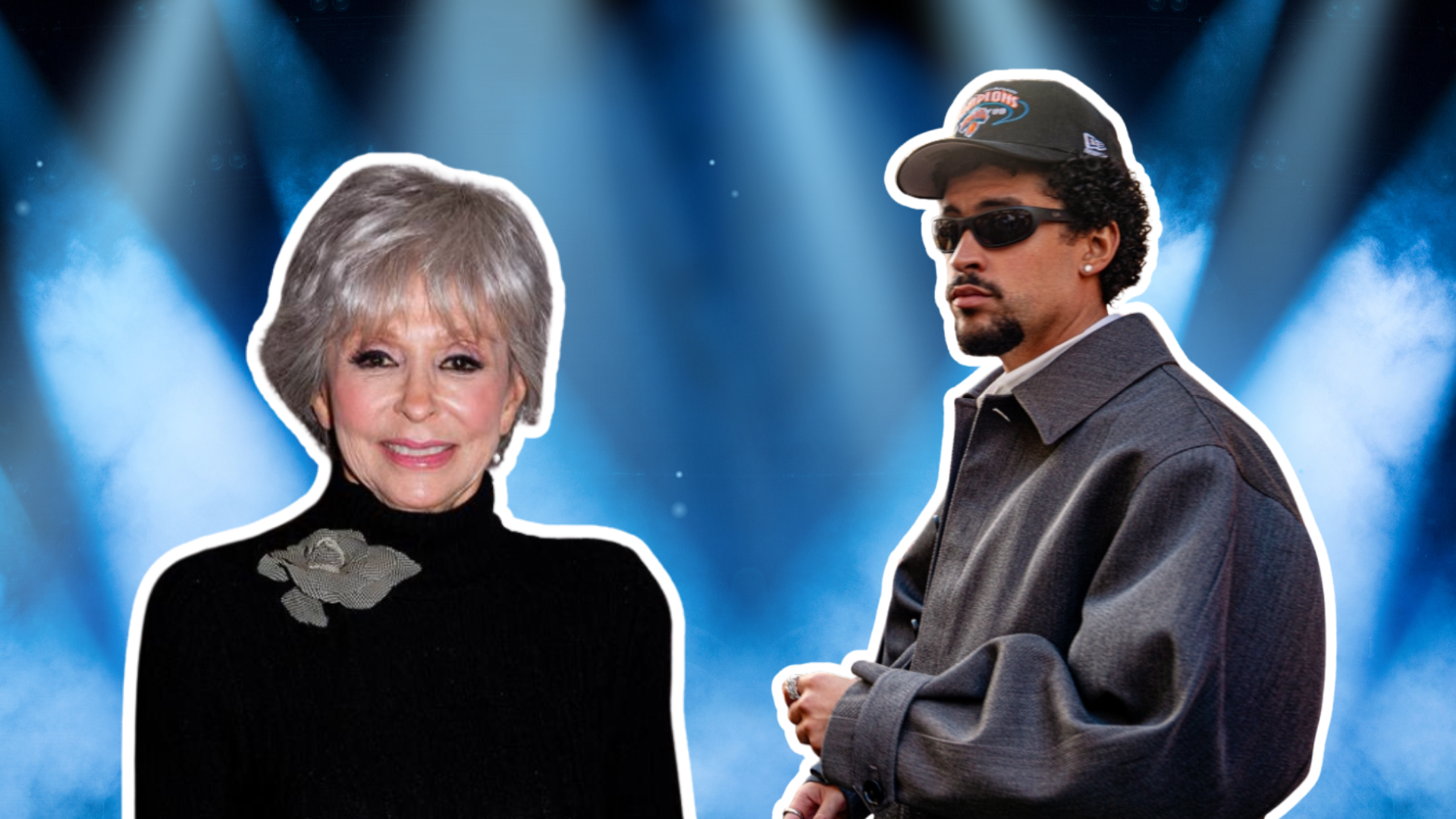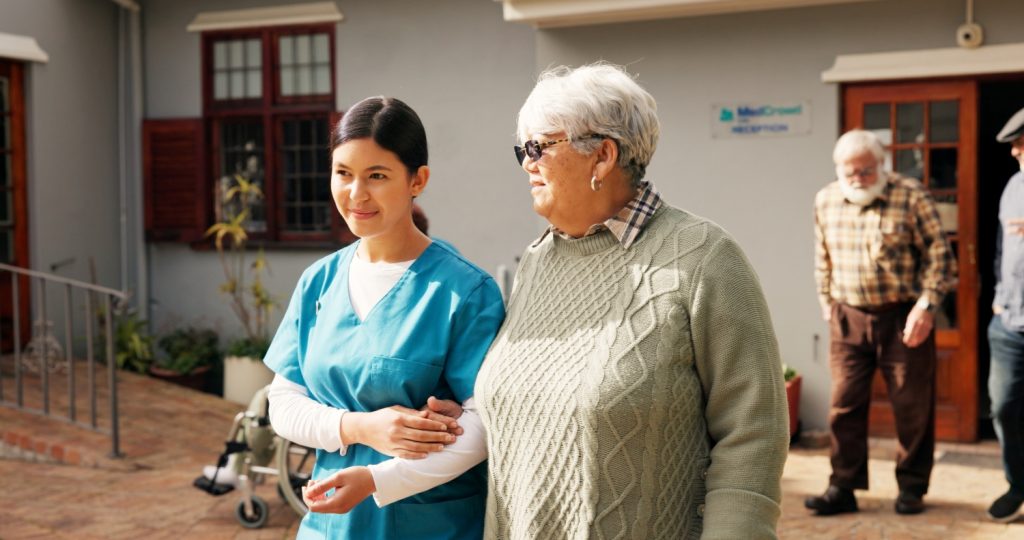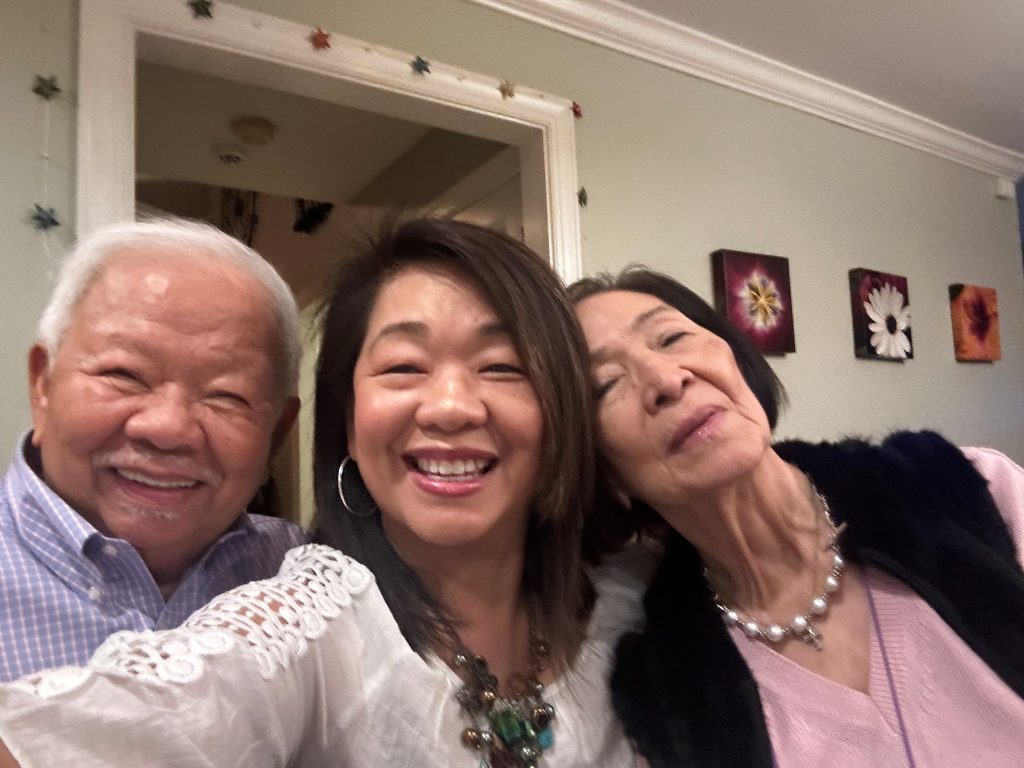Editor’s Note: The John A. Hartford Foundation is collaborating with ASA to advance equity in aging by supporting ASA RISE, a 20-week social justice and leadership program for rising leaders of color in aging, and via the development and dissemination of equity-related, partnership-based thought leadership through ASA’s Generations platform. This blog post is part of that series.
On October 23, 2025, at the Latin Billboard Awards, Rita Moreno graced the stage of the James L. Knight Center in Miami, Fla., in her iconic fashion, dancing to the rhythm of her Puerto Rican roots. She was there to honor Bad Bunny with the Top Latin Artist of the 21st Century Award.
What happened on the stage that night stirred something deep in me—pride, yes—but also a rush of emotion I couldn’t quite name. It felt like joy and history and ache all at once. Rita Moreno spoke to Bad Bunny and to all who were watching:
“When I started my career, being Latino in the United States meant facing barriers, prejudices, and a lot of closed doors. Opportunities were few, almost non-existent, and every small step forward, nene, was a victory. Today I see an artist who brings to the entire world that same strength, that same passion that kept me going and allowed me to never give up.”
To understand the weight of Rita’s words that night, it is important to remember who she is and what she represents. Rita Moreno was the first Latina to win an Oscar for her role as Anita in West Side Story, the 1961 film adaptation of Romeo and Juliet set against the backdrop of a cultural gang war between the White Jet’s and the Puerto Rican Sharks. In that story Puerto Ricans were the outsiders, spoken about with suspicion and treated like invaders.
The film ends with Maria cradling Tony in her arms as he takes his final breath. The man she loved, gone because of the hatred that surrounded them. Through tears she sings the lines that once promised hope: “Hold my hand and we’re halfway there. Hold my hand and I’ll take you there. Somehow. Someday.”
Then, as the Jets and Sharks surround her in a moment of grief and fury she cries out:
“All of you! You all Killed him! … Not with bullets, or guns, with hate.”
‘Go and tell your grandmother that we will be the Super Bowl Half Time Show!’
Sixty-four years later, Moreno stands on a different stage, not as an outsider in a fictionalized New York, but as a living legend honoring a global superstar from the same island. And yet, the themes of West Side Story still echo through our present. Because even as our music tops the charts and our language fills stadiums, we still have to prove that we belong.
Bad Bunny, born Benito Antonio Martínez Ocasio in Vega Baja, Puerto Rico, is more than an artist; he is a cultural force. He has topped global charts without switching his lyrics to English or diluting his Boricua identity to fit mainstream expectations. His music is proudly, defiantly Puerto Rican.
When he announced his Super Bowl performance declaring, “Ve y dile a tu abuela, que seremos el halftime show del Super Bowl” (Go and tell your grandmother that we will be the Super Bowl Half Time Show!)
It was a declaration. Those words said what Maria could only dream of in 1961: there is a place for us—we belong. Not on the margins. Not as a stereotype. But at the very center of global culture. Those weren’t just words; they told a truth: we are here, our culture matters, and we refuse to be erased.
As much as that moment on stage spoke to power and pride, it also sat against a backdrop of the reality that even today, especially today, we are still fighting to belong. In this political climate, Latino communities face heightened hostility, anti-immigrant rhetoric, and cultural erasure dressed up as “patriotism.”
Belonging, for us, has never been handed over. It has been carved out, with music, with language, with food, with rhythm, with survival. And nights like this one, Rita standing beside Bad Bunny, remind us that belonging isn’t just about being visible; it’s about being unapologetically present.
Bad Bunny honored the elders who carried pride in being Puerto Rican long before the world cared to listen.
This is where West Side Story becomes more than a film; it’s a mirror. It asked America to look at its fear of “outsiders,” even as it relied on their labor, their rhythm, their soul. And decades later, that mirror hasn’t cracked. It reflects how far we’ve come and the unfinished work that remains.
When he said, “tell your grandmother,” it wasn’t just a throwaway phrase. Bad Bunny was honoring the elders who carried pride in being Puerto Rican long before the world cared to listen. Those who held up that mirror before anyone wanted to look. It is an acknowledgment of the abuelas and abuelos who danced to bomba y plena, who spoke Spanish even when told not to, who kept waving our flag even when it could get them arrested. He is speaking to those who survived the era of West Side Story as lived experience.
That night on stage wasn’t just about an award. It built a bridge between generations. Between the woman who once had to fight to be seen and the man who now commands the worlds’ stage on his own terms.
But even now, we keep pushing through new walls.
Together, they reminded us of a truth that can’t be denied. We have always been here. We are still here, and we are not going anywhere. Belonging is not something we ask for. It’s something we claim. It’s something we build. It’s something we carry, generation to generation.
Victoria Ruiz is ASA’s Senior On Aging Institute Manager and co-leads the ASA RISE Fellowship program.
Illustration caption: Rita Moreno from 2019; Bad Bunny from 2025.
Illustration credit: Collage made from Shutterstock photos.













